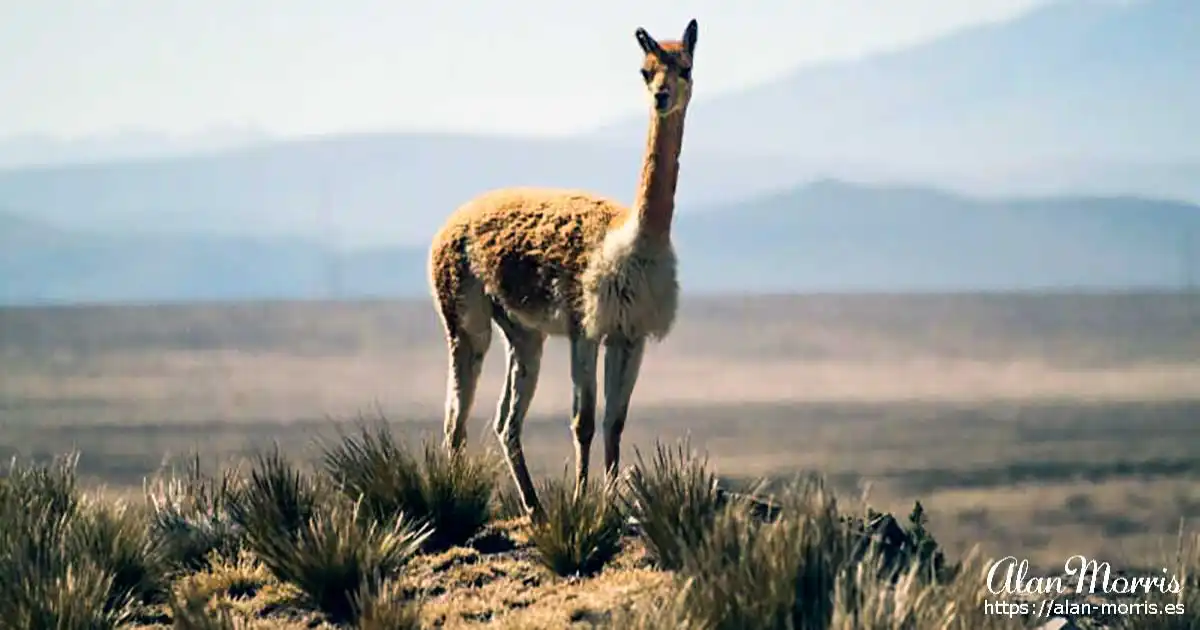Today, after a breakfast buffet and lots of Coca Tea, I joined the coach, ready for the journey to Lake Titicaca. We retraced our route out of the Canyon, passing strange-looking moss that can live for 500 years, and when touched, it felt more like a rock than moss.
On our way to Sillustani, we stopped at a shepherd’s corralled alpaca to photograph them. As we arrived, the farmer was letting them out to graze. They all walked in a very organised line towards where they would eat, followed by the shepherd’s dog keeping an eye on where the alpaca went. The shepherd we learnt was 65 years old, but he soon sprinted off after his animals; I was having trouble breathing correctly just walking at this high altitude, and he must be very fit and have a good supply of coca leaves with him.
We stopped at a lake in the crater of the volcanoes we travelled through for a picnic lunch. The altitude was still making breathing difficult, but I walked to a nearby viewing mound to look over the beautiful blue lake below before returning to look at the garments the locals had set out on stone tables near where the coach was parked. I bought myself an alpaca cardigan for £15. It was very light and warm, and it would be great in the cold back in England.
As we continued to Puno at Lake Titicaca, we stopped to visit a family in their home, which was made of mud, brick, and some dry stone walls. Within the home’s grounds are several buildings, a central living building, a storage hut (where manure is kept for fires) and a kitchen. The man who lived there gave us a demonstration of how he and his wife used tools to dig the land and plant the seeds for the corn. He then showed us how he used his sling to hunt and scare off the foxes that came looking for his chickens.
After his display, he brought home-cooked food for us to try, including a selection of beautiful potatoes, bread, cheese, and some corn crackers that I had to have more than one of. The man showing us his home was amusing. If he were in the UK or USA, he would probably have his own TV show. As we left on the coach, nobody could remember seeing him wash his hands between showing us his cow dung patties and giving us food.
A short time after leaving the family home, we arrived at the burial towers at Sillustani. The mound they stood on was an island, but a cliff collapsed and joined it to the mainland. We parked at the base of the hill and began our walk to the top. Because of the altitude, we stopped several times on the way to catch our breath, and a few of my companions were sick. I chewed some coca leaves and pushed on to the top, where we were told about the burial towers. The leaders of the people of the village nearby would be buried in these when they died, and a lot of alcohol and drug-laced concoctions were taken in the ceremonial burial. This, then, also became the last party the favoured servants of the person being buried attended. They were then murdered and buried along with their masters in the tower. The tower we looked at had one side blown away by visiting Spanish grave robbers searching for treasure, but we can see intact towers further along the ridge.
We continued on our way and drove through Puno to our hotel right on the side of Lake Titicaca. When I got to my room on the ground floor, I looked out of the room to see an alpaca grazing outside my bedroom.
At lunch, I ordered a starter and my main meal. My main meal arrived before my starter. I thought they must have forgotten my soup. After tasting a few mouthfuls of my alpaca dinner, my soup starter arrived, to quickly be taken away when I told them I didn’t want it at the same time as my meal. After the meal, whilst having a beer, my soup was brought out again, and the manager explained that the chef had made it for me. I described that I wanted it as a starter, not an accompaniment to my meal, and he begrudgingly took it away again and removed it from my bill.
After another beer and a chat about football with two of my companions, I retired to bed for an early night.
